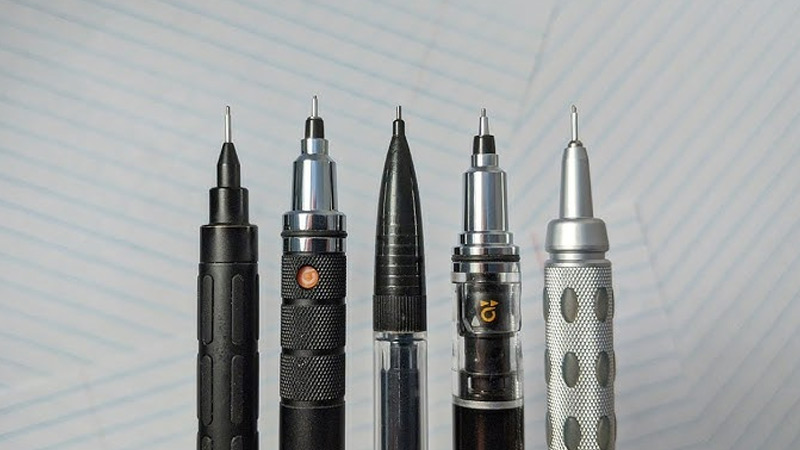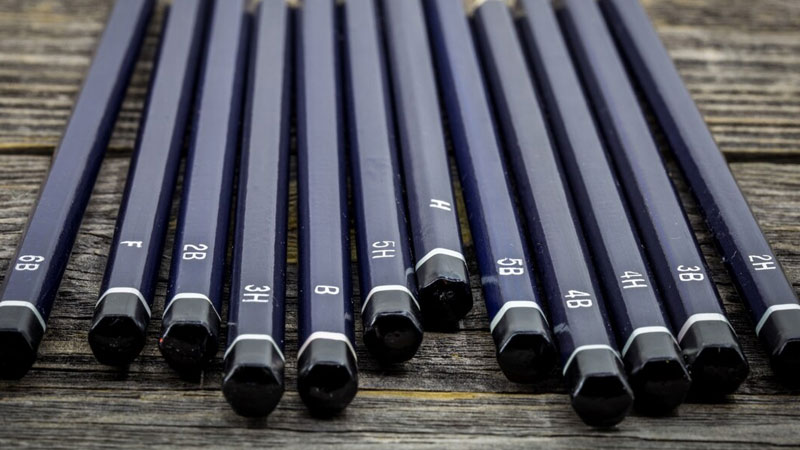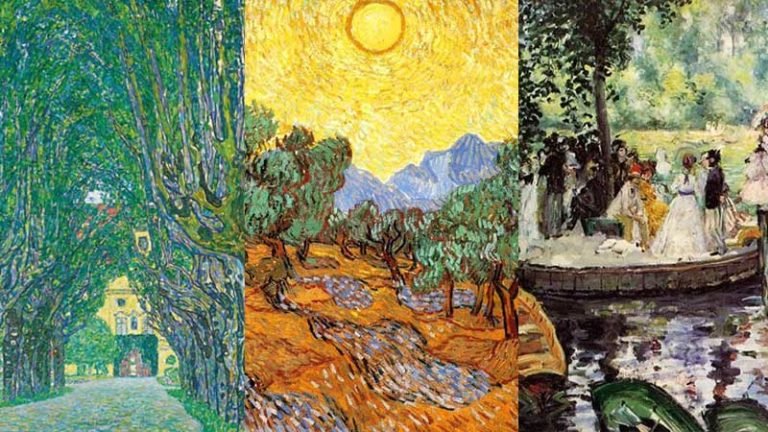
For pencil artists, graphite shine can be a frustrating challenge. This inherent quality of graphite causes dark areas to reflect light, creating an unwanted glare that can ruin the overall appearance of a drawing.
The more pressure applied and the softer the graphite used, the shinier the result becomes. Many artists find themselves avoiding dark values altogether to escape this dilemma, but that limits their creative expression.
Fortunately, there are effective strategies to reduce or even eliminate graphite shine without sacrificing the depth and richness of dark values.
By understanding the causes and implementing a few simple techniques, artists can achieve a more matte finish in their work.
1. Reduce Graphite Shine by Using Lighter Grades of Pencil

Using lighter grades of pencil, particularly H grades, minimizes graphite shine effectively. These harder pencils deposit less graphite on the paper, reducing the reflective surface that causes glare.
Artists can start their sketches with H grades and gradually layer in darker B grades for depth. This combination allows for rich dark values without overwhelming shine.
By including lighter grades, artists maintain control over shine while enhancing the overall quality of their artwork.
2. Use Less Pressure to Stop Pencil Shine

Using less pressure while drawing is crucial for reducing graphite shine. When artists press harder, they compress the graphite, resulting in a shiny, polished surface.
She can avoid this by applying lighter strokes, which allows the pencil to lay down less graphite. He should aim for a controlled, gentle touch, especially in darker areas.
Gradually building up layers not only reduces shine but also adds depth to the artwork. This technique encourages the paper’s texture to remain visible, leading to a more matte finish.
3. Avoid Overworking the Pencil Drawing

Avoid overworking the pencil drawing by limiting the number of times the same area is revisited. Choose the right pencil grade upfront to minimize revisions.
When pressing harder with each pass, the pencil can flatten the paper’s tooth, leading to shine. Utilize soft graphite, like a 2B, for initial layers, and only switch to a softer pencil if necessary.
Recognizing the appropriate darkness threshold helps prevent excessive burnishing, keeping the finish matte and your artwork looking its best.
4. Use Mechanical Pencils to Limit the Shine

Mechanical pencils can effectively minimize graphite shine. They deliver consistent lines without the need to sharpen, ensuring uniformity in pressure.
They often use harder leads, which contribute to a matte finish on paper. Artists can choose lower B grades or H grades for a subtle application that limits shine without sacrificing detail.
Also, the precise tip allows for controlled strokes, preventing over-application of graphite, which reduces the chances of glare in darker areas of the drawing.
5. Use a Tinted Paper as a Darker Base

Using tinted paper offers a unique approach to reducing graphite shine. Choose a darker shade, like gray or brown, to create an optimal base for your artwork.
Start by sketching with lighter pencil grades to maintain control over shine, and layer in darker values gradually.
This technique allows the paper’s color to blend with the graphite, minimizing the shininess of dark areas. Also, tinted paper enhances contrast and depth, making dark values stand out while remaining matte.
6. Use Charcoal For the Darkest Areas
Using charcoal can effectively enhance the darkest areas of a drawing while significantly reducing shine. Charcoal’s natural matte finish prevents glare, making it an ideal choice for those deep, rich shadows.
Artists can start by using a charcoal pencil or stick to lay down the darkest values, ensuring they blend well with any graphite used.
For a smoother transition, artists can layer soft graphite over the charcoal to achieve depth without compromising the matte quality.
When combined, these mediums create striking darks that remain visually captivating without unwanted shine.
7. Use a Staedtler Mars Lumograph Black Pencil

Using a Staedtler Mars Lumograph Black Pencil offers a remarkable solution for eliminating graphite shine. This pencil features a high carbon content, producing deep, matte blacks that resist burnishing.
Artists can confidently apply pressure without worrying about glare. Blending it with other graphite pencils allows for smooth transitions without compromising a matte finish.
Including this pencil into a drawing routine empowers artists to achieve striking dark values, enhancing overall artwork quality while minimizing unwanted shine.
8. Use a Workable Fixative

Using a workable fixative helps reduce pencil shine and protect artwork. Spray a light coat over the drawing to create a matte finish while allowing further work.
Choose a matte finish to minimize glare and control smudging, particularly when using graphite. Apply the fixative in short bursts, keeping the can about 12 inches away to avoid saturation.
Wait for it to dry before adding more layers, ensuring the original tonal values are preserved. This method enhances depth and maintains the artwork’s integrity without compromising visual quality.
9. Use a Non-Reflective Glass

Using non-reflective glass for framing artwork significantly reduces glare from various light sources. Artists should consider low glare or matte glass options that minimize shine.
These types of glass often come with UV protection, ensuring that the artwork remains color-accurate and protected from discoloration over time.
When showcasing completed pieces, opting for this glass not only enhances the overall presentation but also maintains the integrity of dark values, allowing for a classy display without unwanted distractions.






